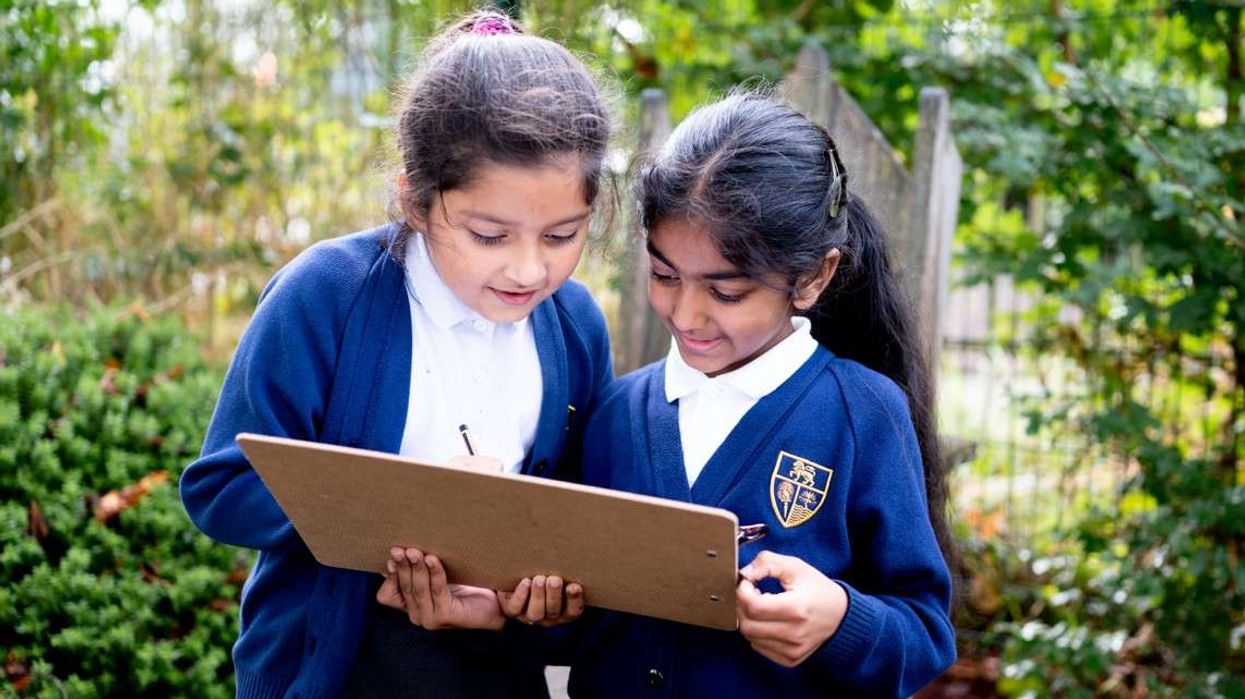INDIAN prime minister Narendra Modi was set to arrive in Glasgow, Scotland, on Sunday (31) for the UN Climate Change Conference (COP26). He will also hold bilateral talks with his British counterpart Boris Johnson on the sidelines of the climate summit.
Modi will reach the UK from Italy where he attended the two-day G20 Summit and held talks with a number of heads of state. In Glasgow, Modi will join more than 120 heads of government and state at the World Leaders’ Summit (WLS) of the 26th Conference of Parties to the UN Framework Convention on Climate Change (UNFCCC) at the Scottish Event Campus – a designated UN zone for the global event.
During his three-day visit to the UK which will conclude on Tuesday (2), Modi will address the COP26 Summit with a national statement about India’s climate action plan on Monday (1), ahead of the speeches of his Australian counterpart Scott Morrison and Pakistani counterpart Imran Khan.
“India is among the top countries in the world in terms of installed renewable energy, wind and solar energy capacity. At the WLS, I will share India’s excellent track record on climate action and our achievements,” Modi said in a statement ahead of the summit.
“I will also highlight the need to comprehensively address climate change issues including equitable distribution of carbon space, support for mitigation and adaptation and resilience building measures, mobilisation of finance, technology transfer and importance of sustainable lifestyles for green and inclusive growth,” he said.
According to sources in the Indian ministry of external affairs, the COP26 Summit will also provide an opportunity to Modi to meet leaders of partner countries, innovators and inter-governmental organisations and explore the possibilities for “further accelerating our clean growth”.
Modi’s meeting with Johnson, their first in-person after cancellation of several visits due to Covid-19 pandemic, is expected to feature the 2030 Roadmap for stronger UK-India Strategic Partnership, which was signed by the two prime ministers during a virtual meeting in May.
India’s stance at the COP26 Summit will be to highlight the country’s “ambitious” Nationally Determined Contribution (NDC) goals for the post-2020 period under the Paris Agreement. These include reduction in emissions intensity of its Gross Domestic Product by 33 to 35 per cent by 2030 from 2005 level. These goals are to be achieved with the help of transfer of technology and low-cost international finance, including from Green Climate Fund.
“India is on track to achieve these targets and is clearly the best performer among the G20 countries on climate action. As per the Climate Change Performance Index 2021, India is among the top 10 performers in the world,” Indian officials said ahead of the crucial summit.
Earlier this month, Indian foreign secretary Harsh Vardhan Shringla said India will go with “full commitment” to the summit and stressed that “predictable and consistent financing” of green technology will be the focus for developing countries.
The UK, as the president of COP26, has indicated that success of the summit will be defined as a deal between more than 195 countries on certifiable mechanisms to decrease and eventually eliminate carbon emissions by the middle of the current century.
“When the countries of the world signed the Paris Agreement in 2015, they committed to limit the rise in global temperature to well below two degrees, aiming for 1.5 degrees,” said Alok Sharma, the Indian-origin COP26 president.
“But that 1.5-degree limit will slip out of reach unless we act immediately… To keep 1.5 alive, we must halve global emissions by 2030. So, the time for talking is behind us. We need urgent action now,” Sharma, who has travelled to over 30 countries over the last few months in an effort to build consensus ahead of the summit, added.
With Chinese president Xi Jinping and Russian president Vladimir Putin among the conspicuous absentees from the WLS, COP26 officials have insisted that delegates from Beijing and Moscow will be present for crucial discussions over the course of the summit, which concludes on November 12.
Meanwhile, several protests were also lined up by environmental groups in Glasgow, joined by Swedish green activist Greta Thunberg.
(With PTI inputs)












